
Tudor building on Henley Street, StratforduponAvon, Warwickshire, England Architecture
The process of making a house in Tudor times is covered in the PowerPoint so it will show how well they listened.In the Tudor era (1485 - 1603), houses were a status symbol and a way to show wealth.. Great Fire of London 1666 Houses Cutout Activity. UKS2 60-Second Reads: The Tudors Activity Pack. Tudor Medicine Teaching Pack. KS3.

Lost in the Great Fire which London buildings disappeared in the 1666 blaze? London buildings
The buildings of Tudor London have almost completely disappeared. The monastic houses were dissolved in the sixteenth century; the Great Fire of 1666 destroyed two thirds of the city; the Roman and medieval walls were largely swept away in the eighteenth century; Victorian roads and railways cut swathes through the medieval street plan; and the bombing of the Second World War destroyed most of.

The Queens residence, the royal house in the Tower. And the last original Tudor house in London
Six students from De Montfort University have created a stellar 3D representation of 17th century London, as it existed before The Great Fire of 1666. The three-minute video provides a realistic animation of Tudor London, and particularly a section called Pudding Lane where the fire started.
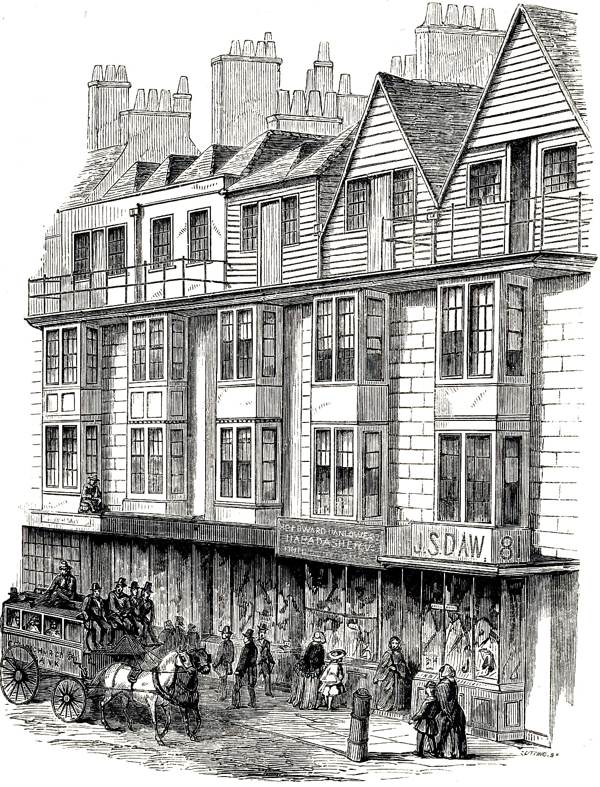
21 House In 1666 Pictures From The Best Collection JHMRad
The Great Fire of London was a major conflagration that swept through central London from Sunday 2 September to Thursday 6 September 1666, [1] gutting the medieval City of London inside the old Roman city wall, while also extending past the wall to the west.
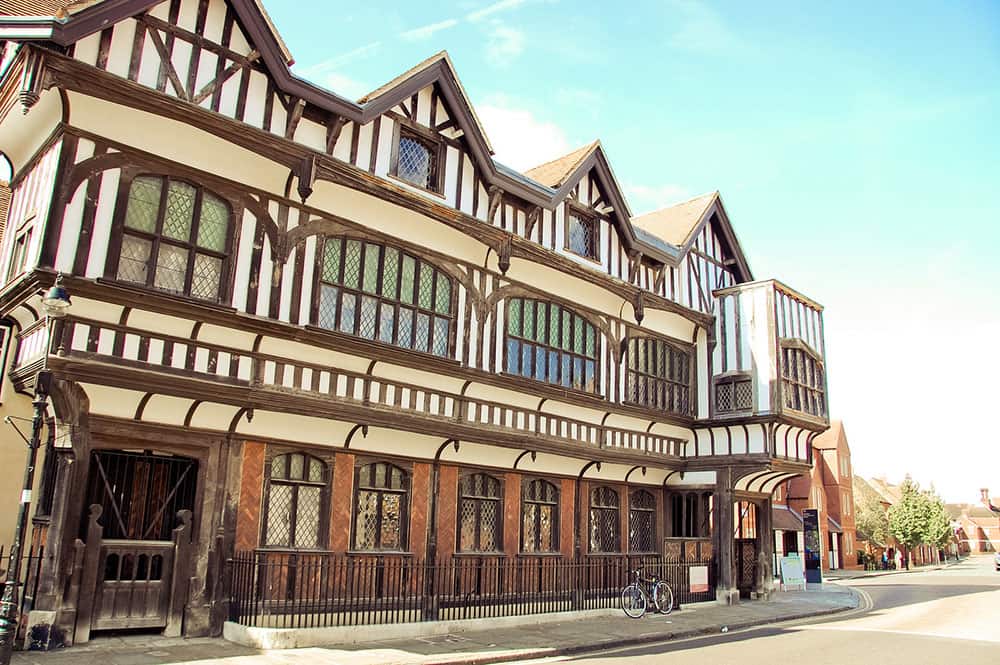
Tudor Houses Facts, Worksheets & Information for Kids
Tudor (1485-1603) In Tudor times the hovel grew up. An original (ish) Tudor building is Staples Inn, High Holborn. Its structure of white panels made from 'wattle' (sticks) and 'daub' (mud.

The Tudor Buildings of London 1666 Peregrines Class Blog
The Great Fire of London broke out in Pudding Lane Sunday 2 September 1666 and quickly spread throughout the city causing extensive destruction. Monarchs; People. St Paul's Cathedral was gutted, The Royal Exchange had burnt down, so had The Guildhall, Custom House, and many shops and market places. Several prisons were also lost, company.
London in 1666 Content ClassConnect
Houses were usually made of timber (wood) and wattle and daub. Timber coated with tar. (The Victorians coated the beams with tar. The Tudors left the wood bare) Wattle is the intertwined sticks that are placed in a wall between posts. You can see the woven sticks in the photographs below. Daub is a mixture of clay, sand and dung that is smeared.
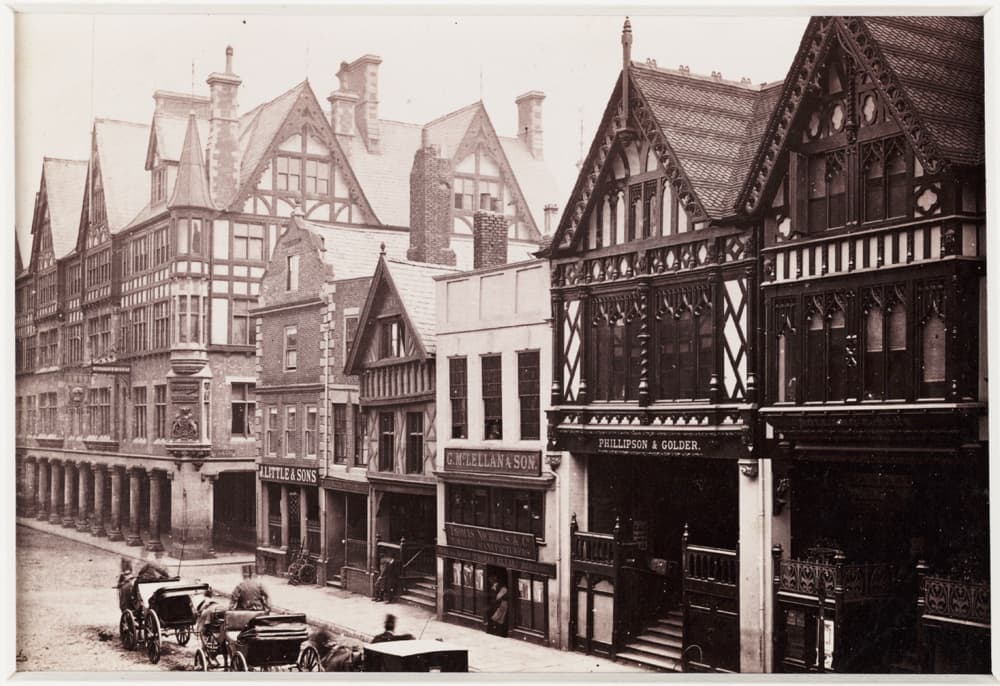
Tudor Houses Facts, Worksheets & Information for Kids
The medieval nobility : studies on the ruling classes of France and Germany from the sixth to the twelfth century
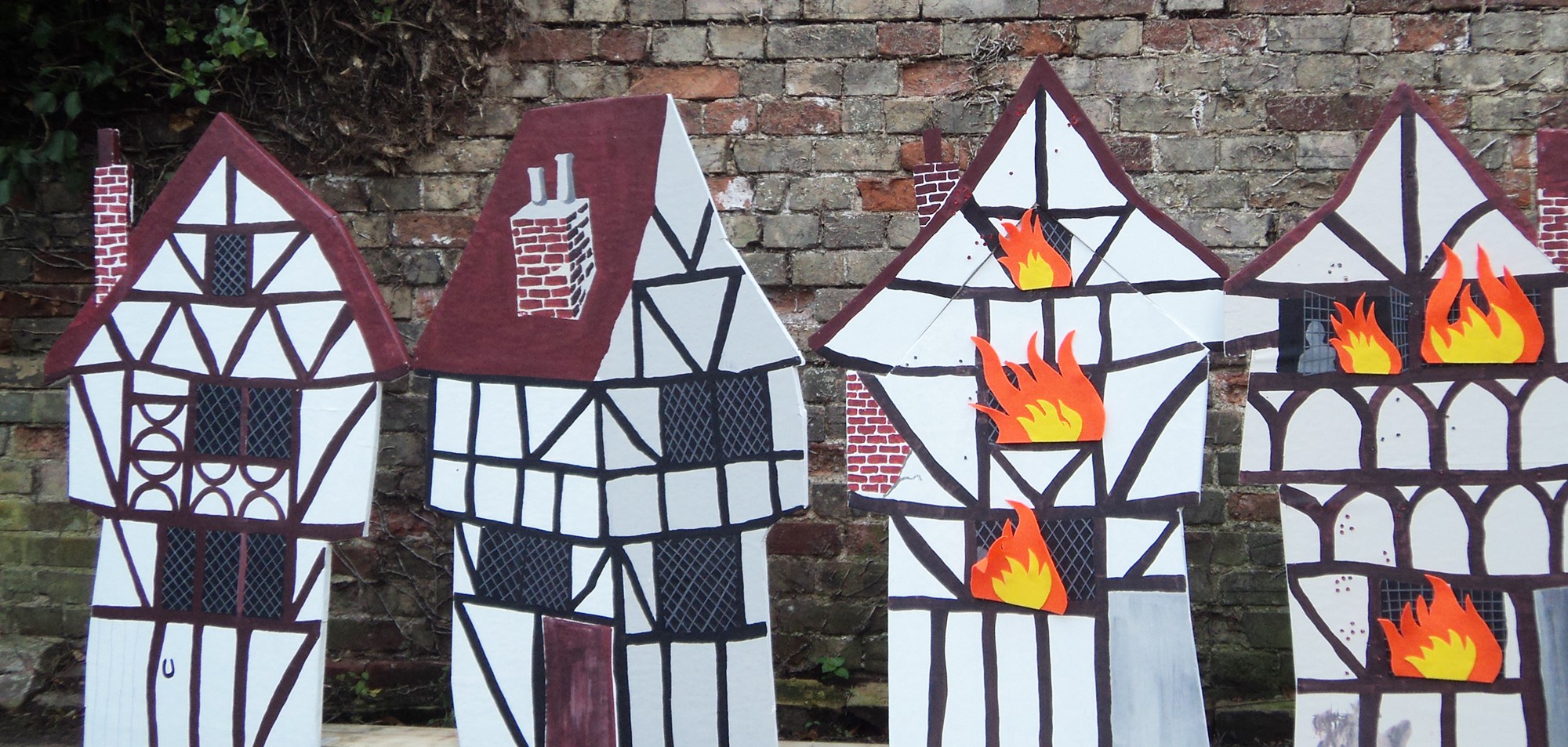
History for schools following the Great Fire of London 1666 KS2 MTCD
Although the Great Fire of London destroyed over 13,000 houses, almost 90 churches and even the mighty St Paul's Cathedral, a handful of survivors managed to escape the flames and can still be seen to this day. Before we look at where these resilient old buildings are located, it's useful to see how much of London the Great Fire actually destroyed.
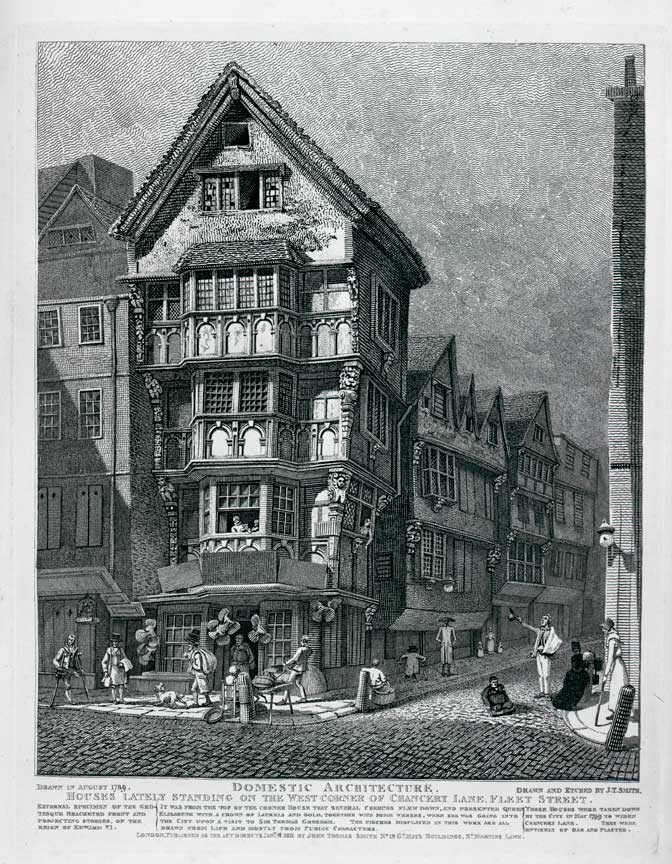
Browse artefacts The Great Fire of London
James The Tudors Here are some facts about Tudor houses. One of the most distinctive things about a Tudor house was the black and white effect (see image below), because of their exposed wooden frames. There are many Tudor houses in England, some of which are still being lived in today.
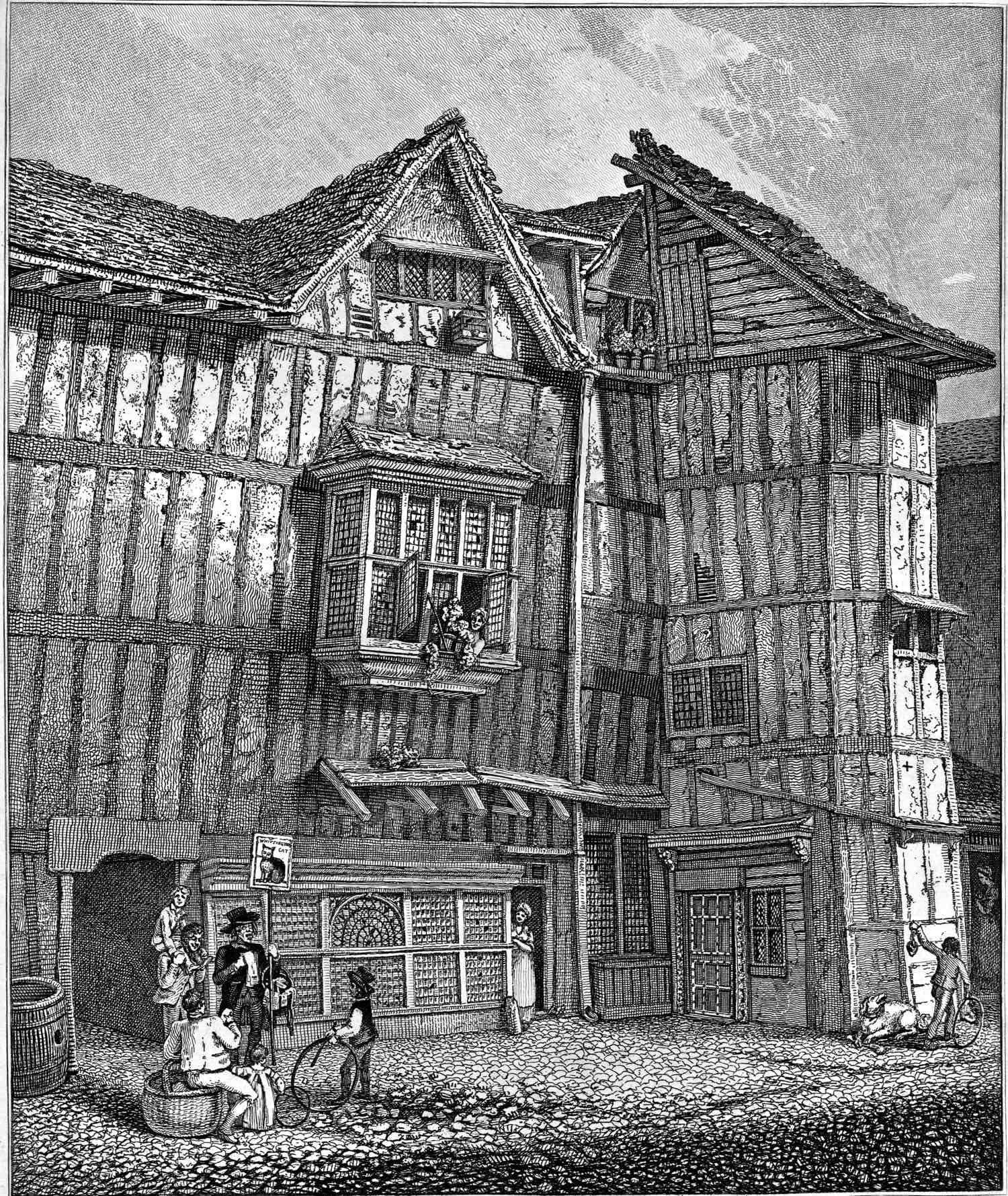
21 House In 1666 Pictures From The Best Collection JHMRad
This online resource aims to help children explore this event through the eyes of four people who saw it. It can help children to develop an awareness of what the term "eyewitness" means and why eyewitness accounts may differ. T. Tes for Teachers | Teaching Resources. Year 2 - Tudor House - Great Fire of London - 1666. Uk History. London.

Surveying Property Tudor Houses Timber Frame Construction
And that disaster occurred in 1666 when the Great Fire of London tore rapidly through the city, leaving a devastating trail in its wake. Still, despite much of the city burning down, some Tudor architecture can be seen across the city today. So, strap up your walking boots and get ready to take a tour of the streets of London. The Tower of London
xoxo, xenophile London Day Five
Hardwick Hall, Elizabethan prodigy house The Tudor architectural style is the final development of medieval architecture in England and Wales, during the Tudor period (1485-1603) and even beyond, and also the tentative introduction of Renaissance architecture to Britain.
Dolls' Houses and Miniatures Period Style Tudor and Elizabethen Architecture Part 2
Buildings of 1666 - NEW LOOK Consider the design of buildings, the properties of building materials and the contrast between the materials used in modern buildings and around the time of the Great Fire of London. Make 3-D models and 2-D collages of Tudor homes, and re-enact the Great Fire of London with tissue paper 'flames'!
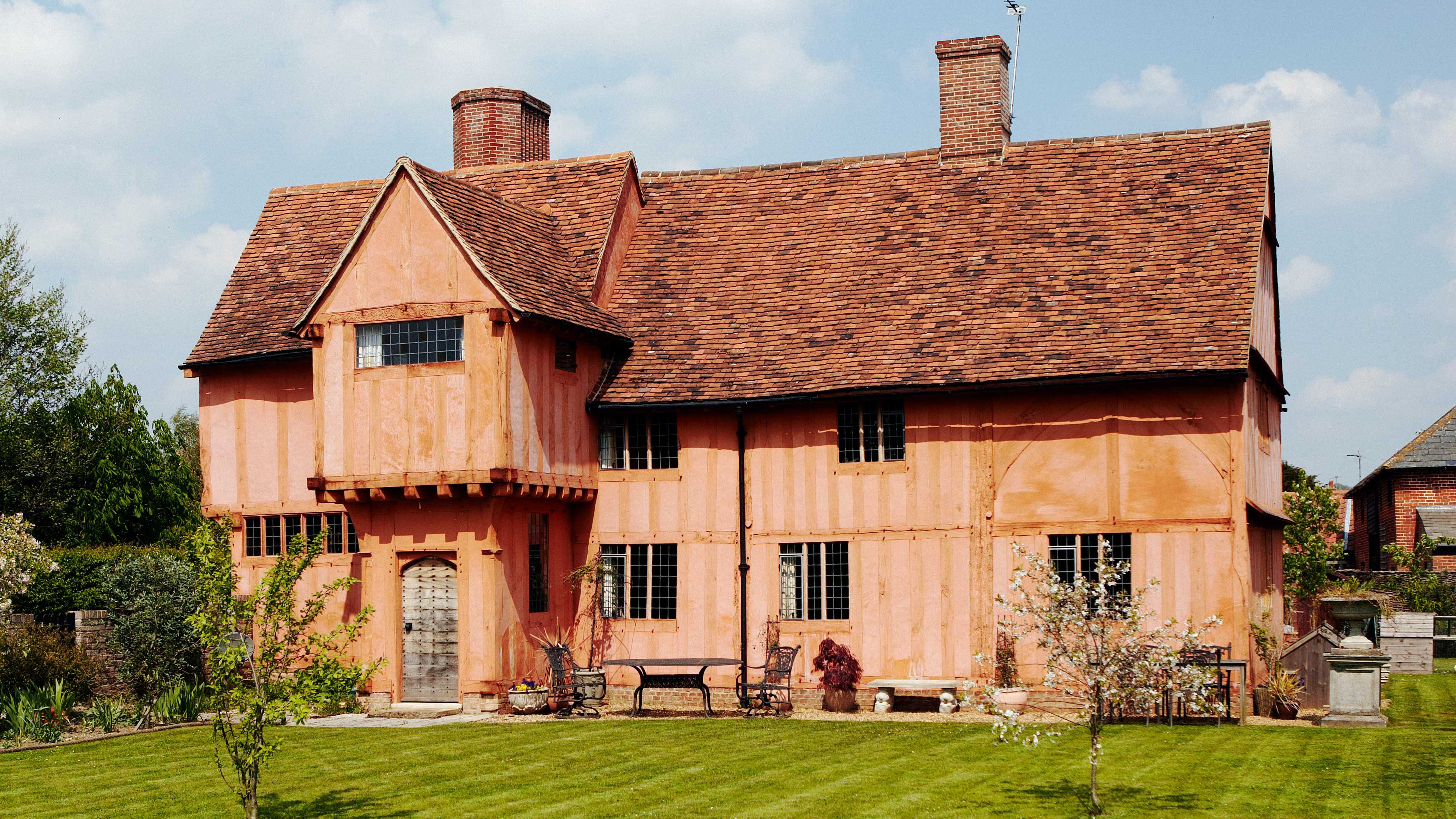
Tudor home guide how to maintain a medieval or Tudor house Real Homes
Collecting the dead for burial during the Great Plague. The Great Plague of London, lasting from 1665 to 1666, was the last major epidemic of the bubonic plague to occur in England.It happened within the centuries-long Second Pandemic, a period of intermittent bubonic plague epidemics that originated in Central Asia in 1331 (the first year of the Black Death), and included related diseases.

Lost in the Great Fire which London buildings disappeared in the 1666 blaze? The great fire
Because of the great fire of London in 1666, there aren't many Tudor buildings still surviving in London, but those that still exist are definitely worth a visit! Hampton Court Palace is a great example of a Tudor building. Cardinal Wolsey gave it to Henry 8th in 1525 to try and stay in his good books.